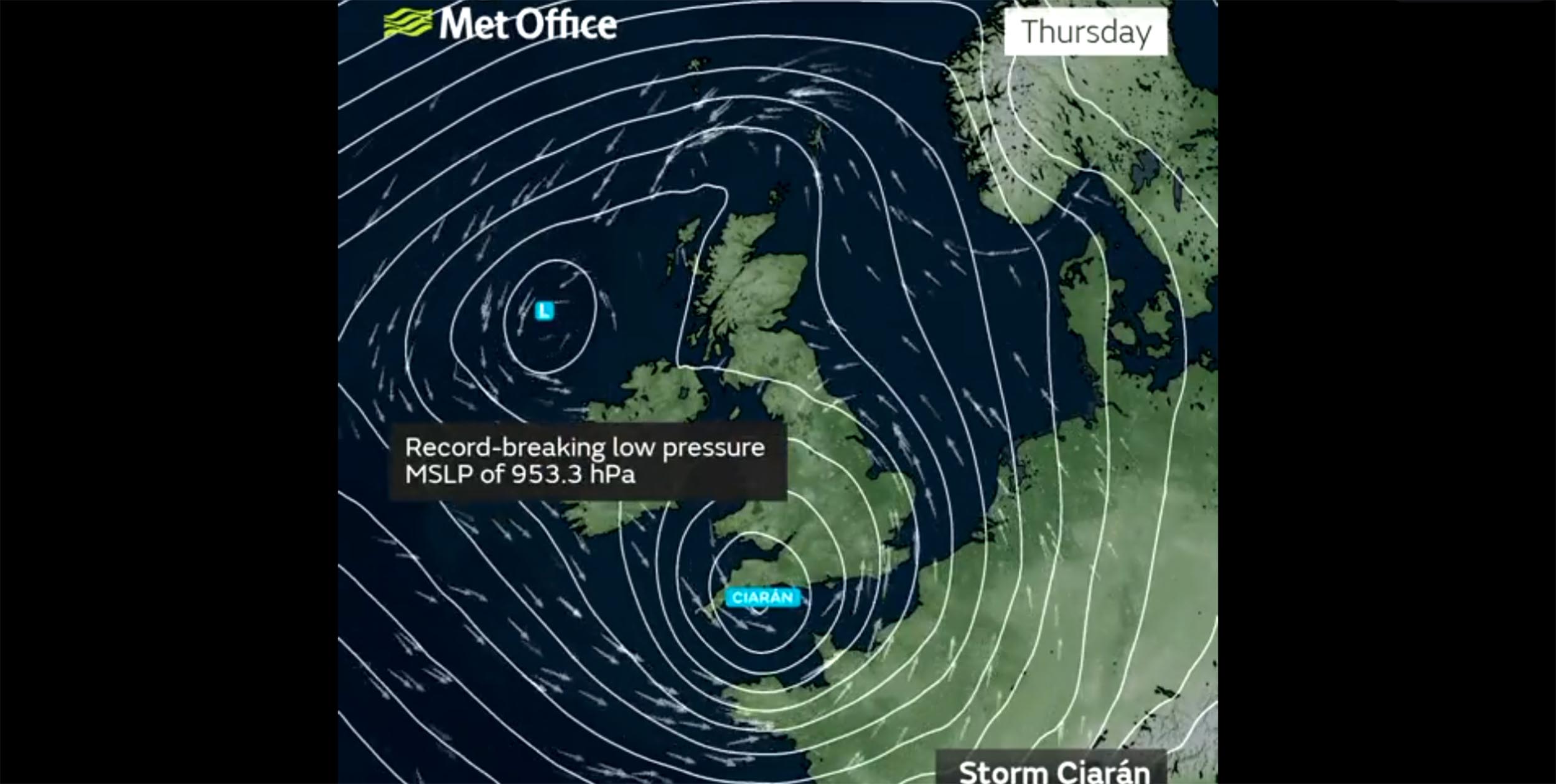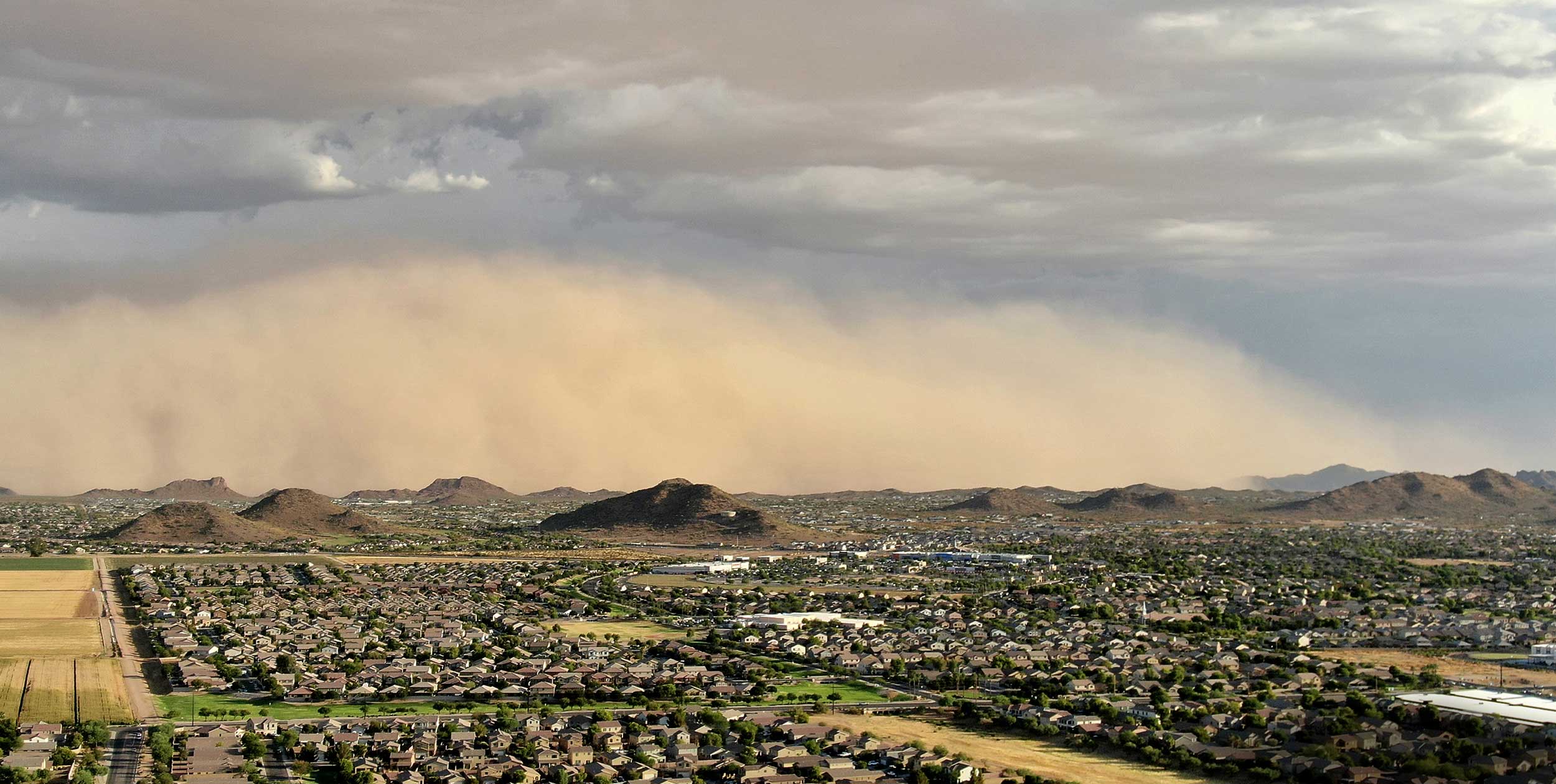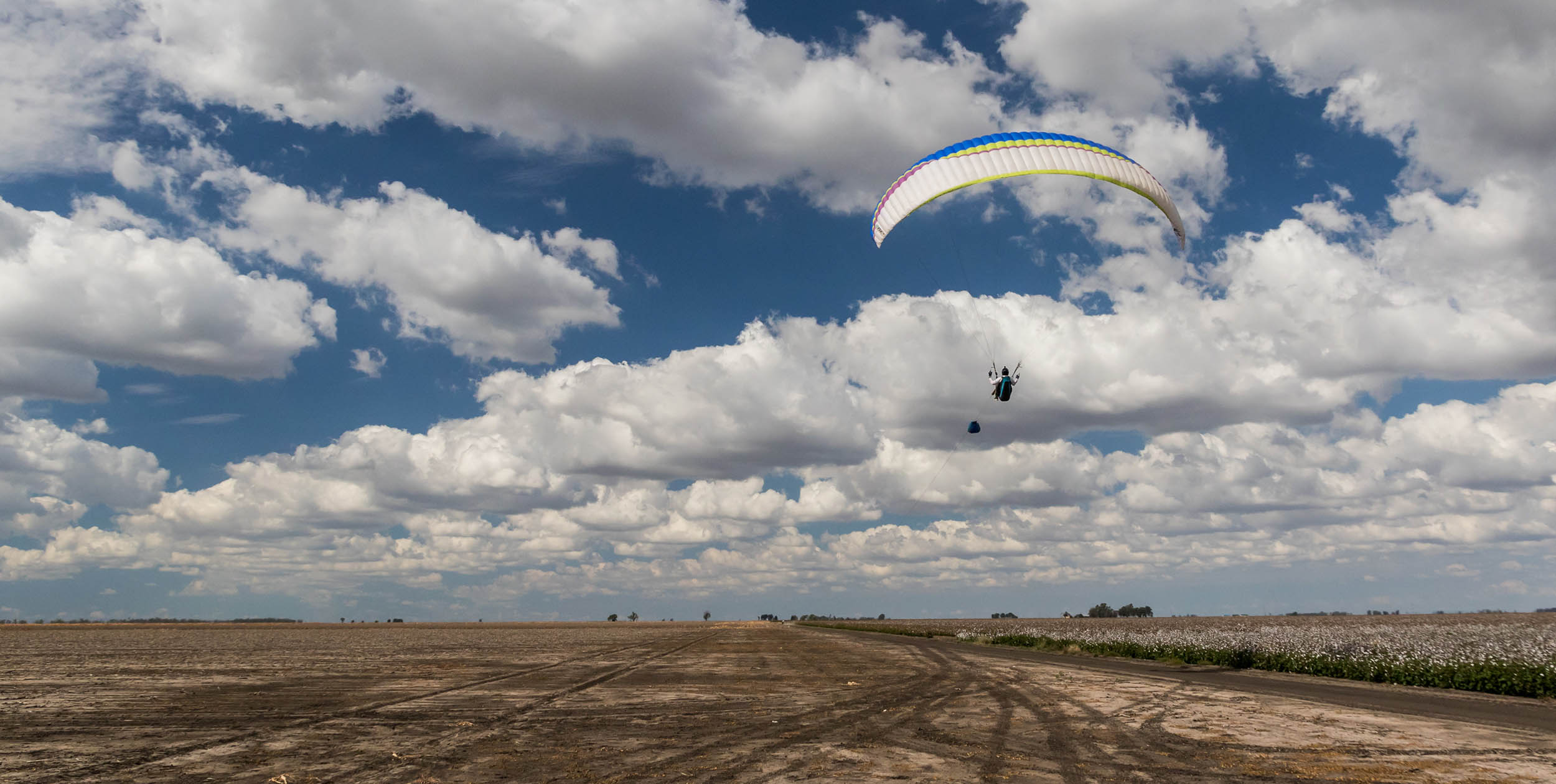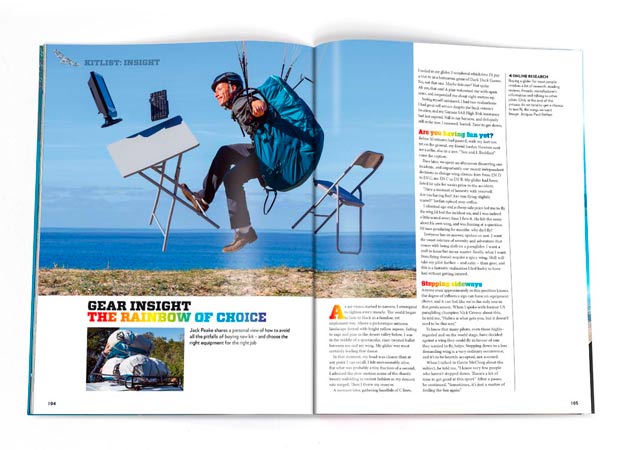While flying at the Paragliding World Championships in Feltre, Italy nearly every day we had storms and over-development. Not only did I get some nice photos of storms, but it was a good chance to remind myself of some of the important points of storm flying.
Even though there were storms most days there were no accidents during the whole comp from pilots flying near storms, despite the nice pictures I took which might make you think otherwise.
Here’s some advice on how to handle flying when storms are likely.
Look at the forecast
The first thing to do is look at the forecast before you fly to check the likelihood of storms. Weather forecasts are generally good at forecasting storms, often with a prediction of the time that the storms are likely to happen.
Look at the clouds where you are
Towering cumulus are a strong signal that storms are likely to happen. Look to see if there is an upper limit to the clouds or if they just seem to tower high without any limit in altitude.
If there is an upper limit, then that indicates an inversion which will slow down storm development – storms may still happen, but it may happen later in the day.

Flying close to a rapidly developing cloud. Photo: Bruce Goldsmith
If there is no upper limit, then that indicates no inversion – storms will likely build more rapidly and happen earlier.
If you see amazing towering cumulus during briefing it does not take a genius to predict thunderstorms that day.
In the air, look sideways
If you are flying and you fear the cloud above you might be getting big, it is not possible to see how high it’s getting because you are underneath it.
In that case you should take a look at the other clouds around you, which can help you to estimate what is above you. If the cloud over there looks big, the one you are under is probably big too.
The dangers of storms
Storms are scary things in general but there are two main dangers for pilots. These are strong wind close to the ground; and getting sucked up to high altitudes and getting frozen.
Lightning is also a danger, but I have only ever heard of one person being struck by lightning in flight in the whole of flying history.
Strong wind
The number one danger of storms remains strong wind. Strong wind can be seen from the air and you can actually see it quite easily. You can see wind on lakes or water, in the way the trees move, in smoke, in washing on the line, in the way the birds are landing or flying on the hillside.
In dusty areas, you can see it as a line of dust approaching. In clear air strong wind is ok, but make sure you are not trying to land when strong wind hits. That is the danger.
Fighting to spiral down through strong lift only to have to fight to land through a gust front might make a good bar-room story afterwards, but the more sensible approach is to turn and outrun it until you find somewhere calmer to land.
Thunder
My own personal rule is that if I hear thunder I escape as fast as I can. This is of course the final straw and you should have seen many warning signs before you actually get a thunder clap, but the thunder clap is the absolute final warning that says ‘Get out of here’.
Terrain
The terrain in which you are flying is also very important. Mountainous terrain is much more dangerous than flatland. This is because the mountains can cause the storm to spread quickly down a valley.
Another problem is that valley winds can be funnelled down valleys and you have no route of escape. Take extra care in mountains, where playing with storms is much more dangerous. Keep a bigger safety margin.
Planning and thinking ahead
When you are close to a storm you should study it. You need to see which way it is growing, and also see what the best escape route is.
If you ever get sucked in, then try to keep flying in the same direction of an escape route that you have already worked out before being sucked in.
You might decide for instance to head due south; so check that your instruments can show you due south clearly before you get sucked in. This can be harder than it sounds, particularly in turbulent air.
If that is the case then aim to keep within 45-degrees of your chosen bearing. Eg if you want to head due south, but are finding it hard, then aim to keep between 135 and 225 degrees until you reach smoother air.
It is a worthwhile exercise to practice staying on course and using your instruments to fly on a heading before you ever need to use them in anger.
Flying by instruments in thick cloud with no horizon is best avoided in general, but if you do find yourself in the white room unexpectedly it’s good to know you have some skills and training to draw on, rather than having to make it up on the spot.
This article is from the September 2017 issue of Cross Country Magazine (XC183)








